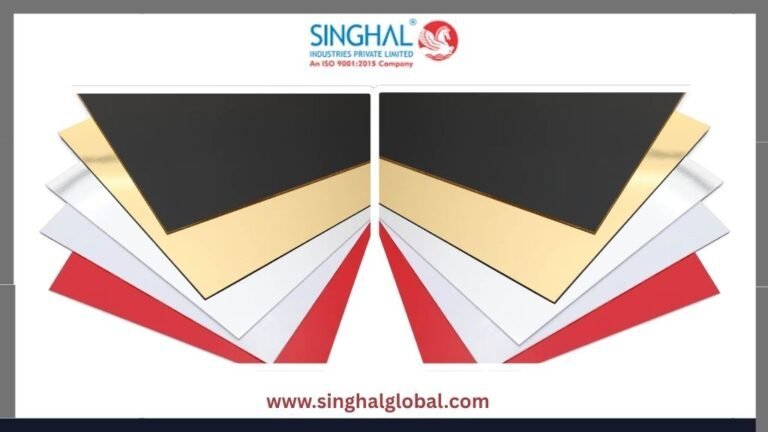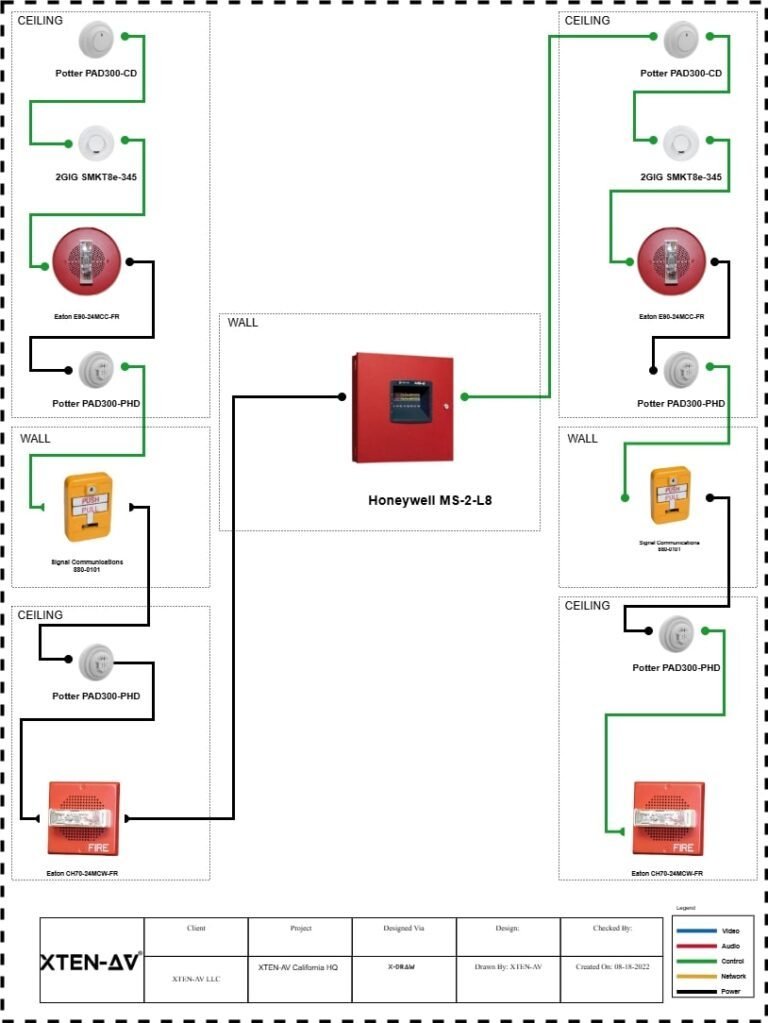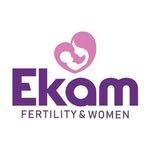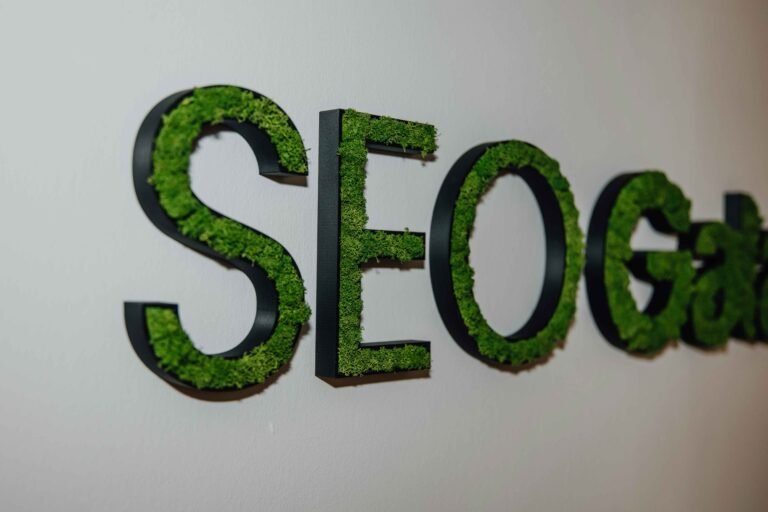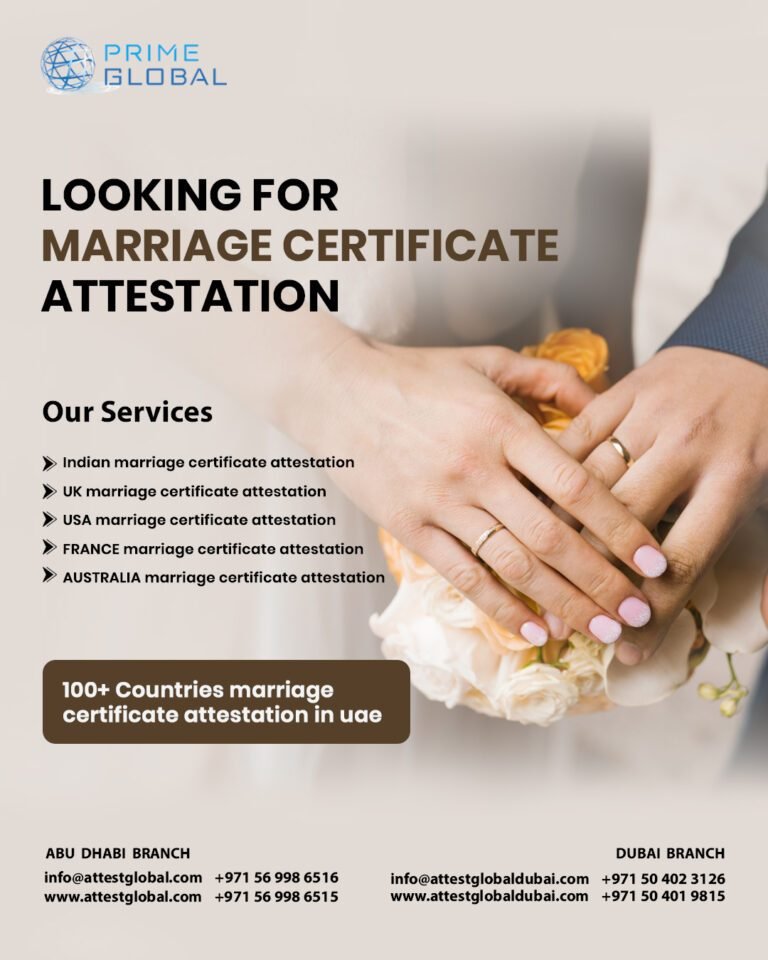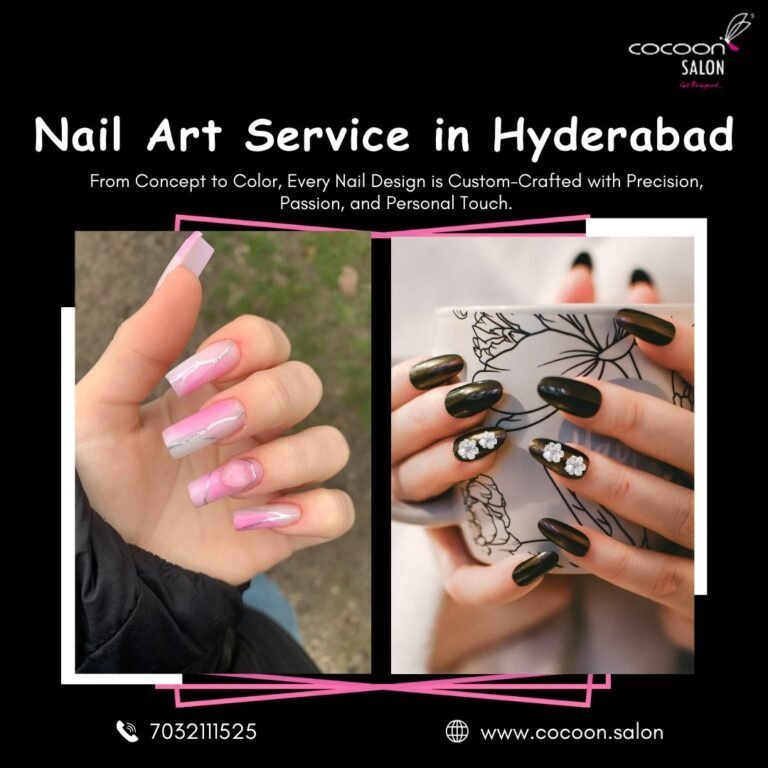In the last decade, Korean skincare has taken the beauty world by storm. K-beauty has redefined global beauty standards, with sheet masks and glass skin goals becoming the new norms. But with this popularity comes a flood of myths and misunderstandings. Most people believe that Korean skin care routines are complicated, expensive, or only effective for certain skin types—however, most of these ideas couldn’t be further from the truth.
Let’s dive deep and uncover what’s real, what’s exaggerated, and what you truly need to know about the world of Korean skincare.
Understanding the Origins of Korean Skincare Myths
The fascination with Korean skincare started with the emergence of K-dramas and K-pop, when celebrities presented their clear, glowing skin that seemed almost unreal. As international audiences attempted to replicate these results, several myths were created. Many of these stemmed from cultural differences and the quick spread of beauty content on social media.
Unlike Western skincare, which often focuses on corrective treatments, Korean skincare emphasizes prevention and daily maintenance. However, this holistic philosophy is misunderstood. People outside Korea sometimes interpret the multi-step Korean skin care routines as overcomplicated or unnecessary, when in fact, they’re about mindful layering and hydration.
The unrealistic expectations are driven by the desire to have perfect skin. The glowing and even skin seen in media is usually filtered or edited, making consumers believe K-beauty products can help achieve overnight transformations. Exploring both the real cultural and scientific roots of these skincare practices helps us see Korean skincare may not be a miracle, but it is a thoughtful practice in long-term skin health.
Myth vs. Reality: Common Misconceptions About Korean Products
It is easy to see the spread of misinformation faster than facts with the global rise of K-beauty. Let’s clear the air and find the truth about the most common myths about Korean skincare and Korean skin care routines.
Myth 1: All Korean products contain harsh or synthetic ingredients.
Reality: In reality, Korean skincare is known for its use of gentle, natural, and innovative ingredients. Some of the botanical ingredients include green tea, ginseng, and rice extracts, which are just a few examples that nourish and soothe the skin.
Myth 2: You need to have a 10-step routine daily.
Reality: This is one of the greatest misconceptions regarding Korean skin care routines: the more steps, the better the result. Although multi-layered routines can enhance hydration, they are not compulsory. K-beauty is all about customization—adapting steps based on your skin’s needs. Even a three-step routine (cleanse, tone, moisturize) can work wonders when done consistently.
Myth 3: Korean skincare is not only for women.
Fact: Skincare in Korea is considered to be self-care and not a gender-based ritual. Most K-beauty brands also have lines tailored for men, but they focus on oil control, calming effects, and hydration.
Myth 4: Every Korean skincare product turns your skin light.
Reality: The term “whitening” used in the K-beauty context does not mean “bleaching” but “brightening” or “evening” the skin tone. These products are designed to enhance your radiance, reduce pigmentation, and not change your natural skin color.
Looking beyond the myths, it’s clear that Korean skincare is actually not about the complexity and perfection, but rather, it is about the thoughtful care, the effective ingredients, and understanding what your skin truly needs.
The Science Behind Korean Skincare Ingredients
What makes Korean skincare stand out is its balance of traditional wisdom and modern science. Many popular ingredients have a centuries-old history in Korean herbal medicine but are now supported by dermatological studies.
- Snail mucin: It is packed with hyaluronic acid and glycoproteins, which promote healing the skin and improve skin elasticity.
- Propolis: It is also anti-bacterial and will reduce inflammation and accelerate skin recovery.
- Extracts of fermented ingredients: They enhance ingredient absorption and strengthen the skin barrier.
- Ginseng: A powerhouse antioxidant that helps fight signs of aging and fatigue.
Korean brands put a lot into research and development, ensuring formulations are effective yet gentle. Korean skincare is suitable for diverse climates and skin types around the world due to its focus on skin barrier protection, hydration, and microbiome health.
Instead of blindly following the trends, it is better to learn the science behind these ingredients so you can make informed and customized decisions in your Korean skin care routines.
Tips for Building an Effective Skincare Routine
It does not need to be difficult to create your own Korean skincare routine. The key is personalization and consistency.
- Know your skin type: The first step is to identify your skin type, whether it is oily, dry, sensitive, or combination.
- Begin with basics: A gentle cleanser, a hydrating toner, and a lightweight moisturizer form the foundation of every routine.
- Add targeted treatments: Add serums or essences with ingredients such as vitamin C, which helps for brightening, or hyaluronic acid, which helps for deep hydrated skin.
- Never skip sunscreen: Sunscreen is considered the ultimate anti-aging step—not an optional one.
- Be patient: Real results come from regular care. Most products need at least 3–4 weeks of consistent use to show noticeable improvement.
Keep in mind, simplicity is perfectly fine. You don’t need ten steps to achieve healthy skin, but you simply need the products that work together with you.
Separating Fact from Fiction: Expert Insights on Skincare Practices
The dermatologists and beauty gurus agree that most of the Korean skincare myths are based on a lack of understanding rather than facts. Another misconception is that expensive always means better. In reality, most of the affordable K-beauty products outperform luxury brands due to their advanced formulations and high-quality natural ingredients.
Experts also emphasize that copying another person’s routine won’t always yield the same results. Skin type varies, and what works for one may irritate another. Consulting a dermatologist or any other professional can help customize your Korean skin care routines and avoid product overload.
Education is the strongest weapon against misinformation. When you know how to interpret ingredient lists, identify your skin’s needs, and set realistic goals, you can separate beauty marketing from genuine skin science.
The Real Takeaway
Korean skincare does not deal with perfection; it deals with balance, consistency, and self-care. It teaches us to be mindful of our skin, to be gentle, and to enjoy the experience. The myths surrounding K-beauty often distract from the actual philosophy behind the product: nurturing your skin and letting it shine instead of masking imperfections.
So, the next time you come across a viral Korean skin care routine or a trending product, remember that beauty isn’t in the number of steps—it’s in understanding what your skin truly needs.
By debunking myths and embracing the facts, you can experience the authentic essence of Korean skincare—simple, scientific, and soulfully effective.













